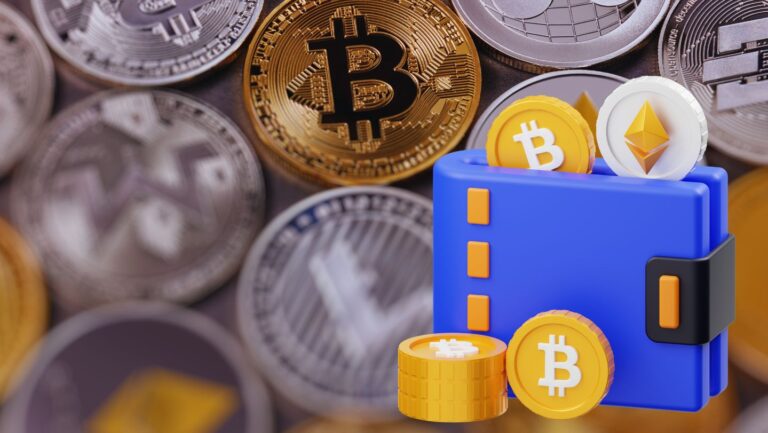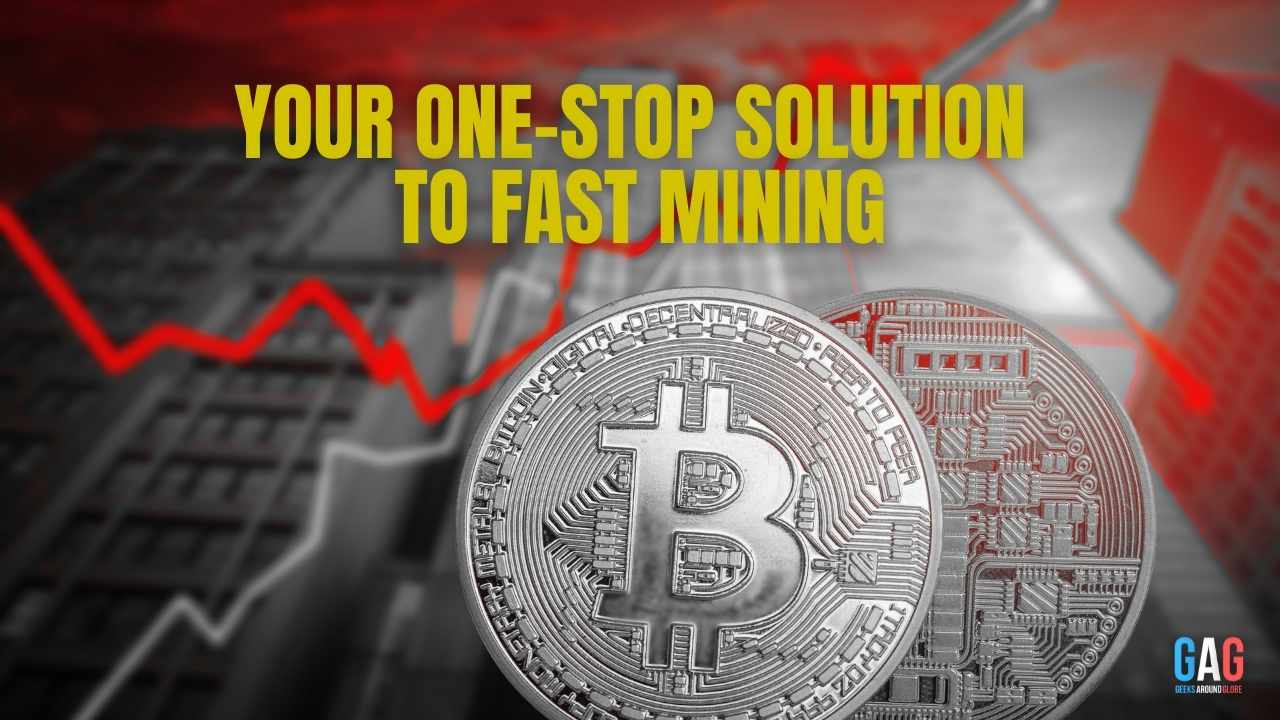- 1. Introduction
- 2. The more you know, the less likely you will lose money in a bad transaction.
- 3. Conclusion
- 4. Bitcoin is a great new way to transact, and it’s not going away anytime soon. But there are still some things you need to know about how this technology works so that you can keep your bitcoins safe and secure. Hopefully, this list of tips will help ensure your financial future isn’t wiped out by a bad transaction!
Introduction
Bitcoin has been around for more than ten years but is still relatively new. People are still figuring out how to use it and what it can do for them. That’s why we reached out to experts in the industry to get their take on six things you need to know about Bitcoin payments.
Start small
The first step to making bitcoin work for you is to start small.
You should never invest more than you can afford to lose, so start with a small amount of money, time, effort, risk, and commitment. This will give you the foundation for your investment to grow from there on out.
Use a trustworthy bitcoin-wallet service.
Regarding bitcoin, the safest way is to use a trusted wallet service. A good example is the bitcoin trading platform and its mobile apps, which you can access through your phone or tablet.
While some websites like CoinMarketCap may appear legitimate, their backend systems are not always safe and secure. You should avoid using them unless you know what they’re doing to protect yourself from hackers who could steal your bitcoins if they get into their database—and that’s why we recommend using a hardware wallet instead!
Only buy things with bitcoins that you are ok losing the money on.
This may seem obvious, but if you’re not sure what to do or how much to spend on something, then it’s best not to pay anything! You can always sell your Bitcoins back into fiat currency and get your cashback—but what if they go down in value? The only way around this is by buying them at a lower price than expected (or keeping them until they rise again). It’s also worth noting that investing in Bitcoin itself isn’t necessarily risky since there are no guarantees involved when it comes down to investing in anything else; however, losing all of your investment could mean getting nothing out of it.
Set up an offline savings wallet to keep your savings safe from hackers.
If you want to get the most out of your bitcoins, keeping them safe from hackers is essential. This can be done by setting up an offline wallet that is not connected to the internet.
An offline wallet, also known as a cold storage wallet, allows users to store their bitcoins on an external device such as a hard drive or USB stick rather than in online exchanges like Coinbase or Kraken. Cold storage wallets are considered more secure because there’s no risk of being hacked if someone steals your computer or laptop (or, even worse, if hackers gain access through phishing).
Bitcoin is not anonymous and is traceable. Be careful with whom you do business.
Bitcoin transactions are public and can be traced back to a user’s real-world identity. However, an individual’s identity using Bitcoin is encrypted using a technique called “hashing,” which means that only the recipient can decrypt it. The recipient does not need to know who sent them money or how much was sent at any given time; instead, they rely on a unique address for each transaction made over time by that particular wallet owner (and there may be multiple addresses associated with each person). This makes tracing digital currencies like bitcoin difficult as they don’t leave as many clues when transferred from one person to another—even if those transfers are large sums of money!
The more you know, the less likely you will lose money in a bad transaction.
If you have been considering buying bitcoin, this article is for you.
Bitcoin is not anonymous. It’s traceable and comes with many risks that make it not a safe investment or currency for everyone to use. The more you know about how Bitcoin works and its potential uses, the less likely it is that your money will disappear into thin air in a bad transaction.







